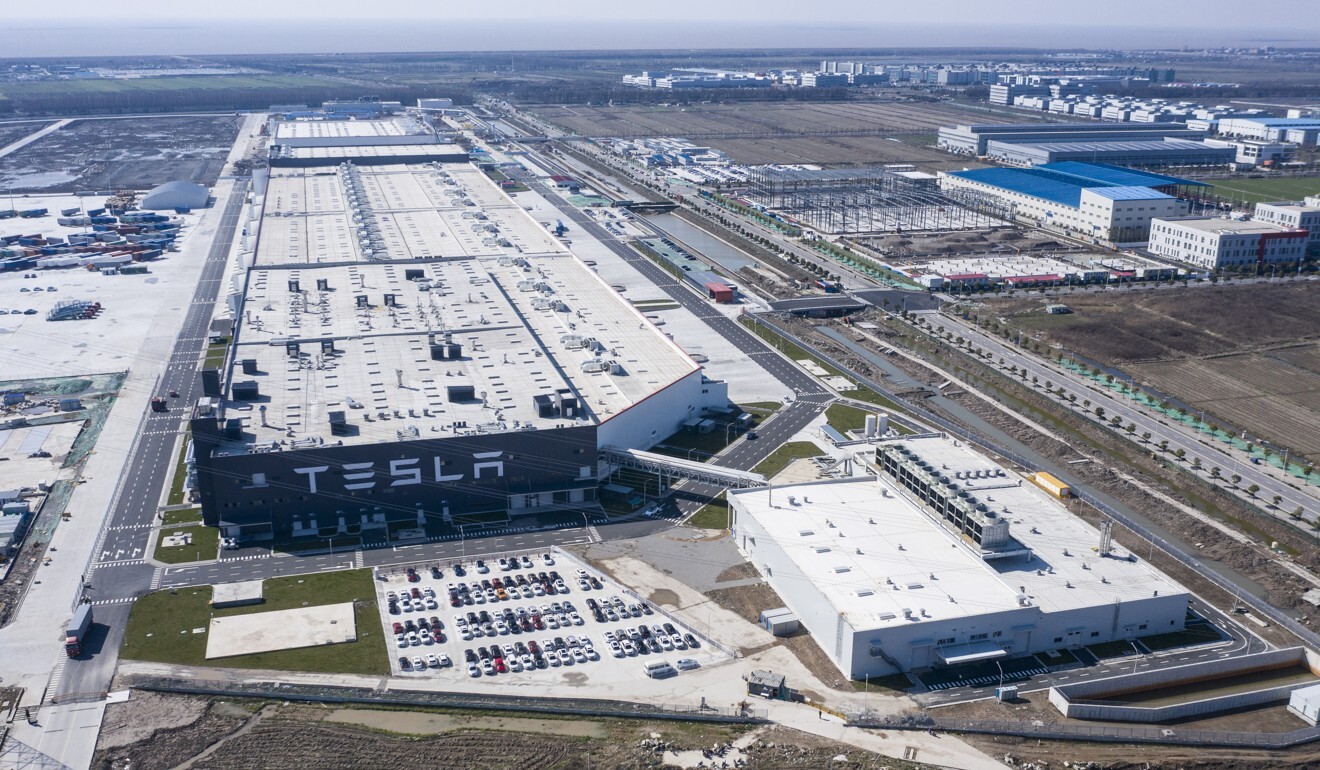Source: SCMP
May 11 2020
By Jodi Xu Klein
- A combination of US restrictions, Beijing’s outbound capital regulations and the uncertainty around the US-China relationship contributed to the pullback.
- The outlook for 2020 is bleak as the Covid-19 pandemic wreaks havoc on the global economy.Chinese investments in the United States have fallen to the lowest level since the financial crisis of 2008-09, with the outlook for 2020 looking bleak amid bilateral tensions and the Covid-19 pandemic.
Foreign direct investment (FDI) from China to the US dropped to US$5 billion in 2019, the lowest level in a decade, according to a report by the National Committee on US China Relations and Rhodium Group.
Only a handful of investments were completed last year, led by Shandong Ruyi’s US$2 billion acquisition of INVISTA’s textile unit in Kansas.
A combination of Beijing’s tightened outbound capital regulations, heightened US scrutiny of Chinese investments, as well as the deteriorating US-China relationship contributed to the decline in investments.

Value of Chinese direct investment into the US, 2000-2019. Source: Rhodium Group
Capital flows in technology had an even steeper drop as Chinese venture funds pulled back from a turbulent tech market in China and the US imposed more restrictions on direct Chinese investments in US technologies and companies, particularly in the early-stage tech funding space.
The Trump administration has for years warned about China’s ambition for global tech dominance in areas such as next-generation mobile tech, known as 5G, saying Chinese-made products would pose a national security threat to the US if they were incorporated into the country’s infrastructure.
The US, for example, has largely banned China’s leading 5G provider, Huawei Technologies, from doing business in the US and required American carriers who use the company’s products to replace them with products from other countries.
The report said the outlook for 2020 was perhaps even bleaker as the Covid-19 pandemic takes its toll. Both China and the US have shut down the businesses en masse to contain the spread of the virus.
In January, the phase one trade deal struck between the two countries helped put their trade war on hold and fostered some optimism about bilateral capital flows. But that optimism was wiped away by the pandemic.
In the first quarter, China’s outbound investment to the US largely ground to a halt, the report said. While a second-half uptick is likely, the full-year numbers will remain low.
China has been pulling back from investing in the US since the peak in 2016 when US$46 billion was deployed to buy up American businesses or construct new facilities.
The numbers have plummeted since to US$29 billion in 2017 and to US$5.4 billion in 2018.

The Tesla Inc. Gigafactory in Shanghai was the most notable US investment in China in 2019. Photo: Bloomberg
Chinese investors could be drawn to brands and consumer-related assets in the entertainment and food service sectors, while US investors might find Chinese tech assets attractive now that the bubble has burst for that sector.
Meanwhile, direct investments from the US into China edged up to US$14 billion – with increased interest in automotive, health care and biotech – as US firms continued to bet on Chinese consumer demand and to benefit from the easing of foreign ownership rules in sectors such as automotive and finance.
The notable project last year was Tesla’s building of the Gigafactory in Shanghai, which broke ground in early 2019 and began production in the last quarter.
However, a lack of new projects in the pipeline could steepen the drop in investment for 2020, which had already seen a slowdown even before the Covid-19 pandemic hit.


No comments:
Post a Comment